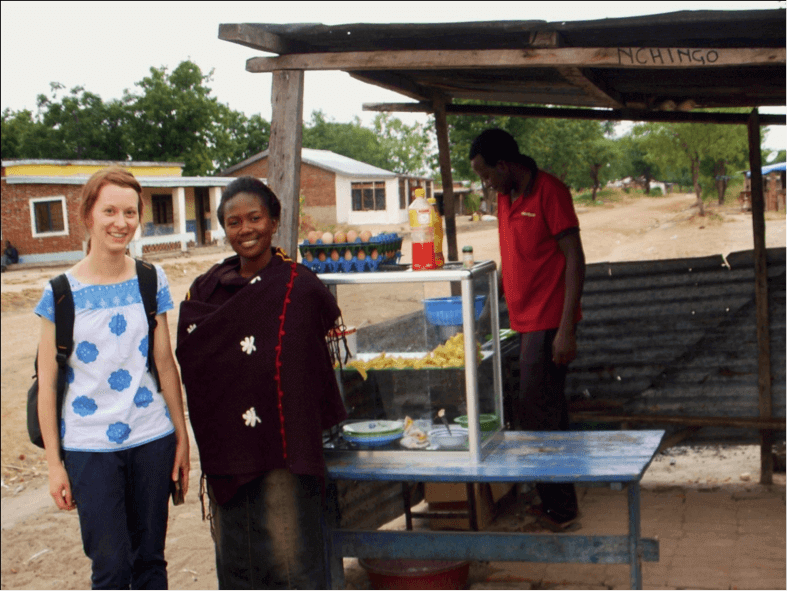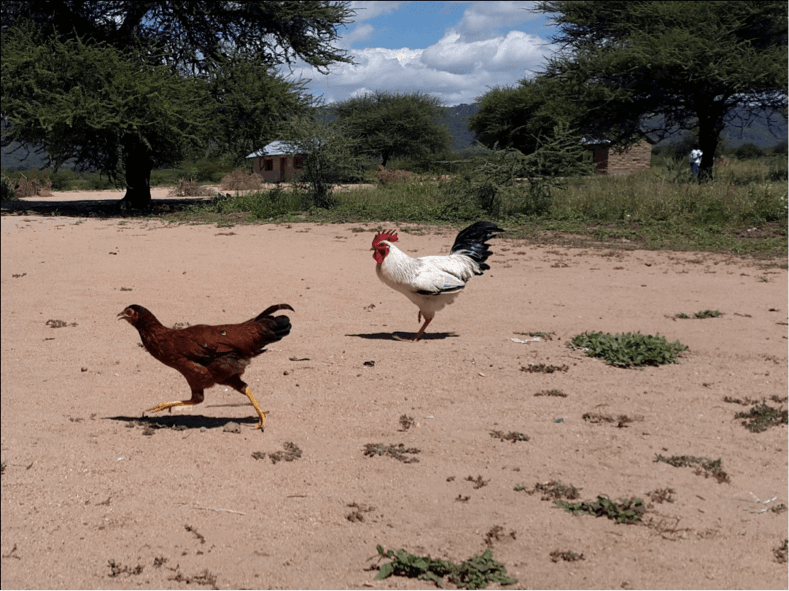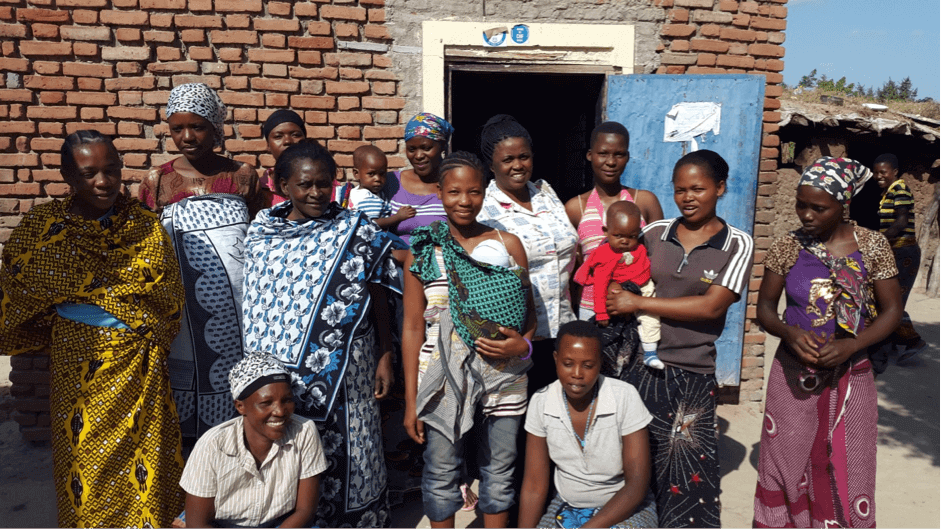How will you be celebrating World Egg Day 2015?
The countdown is on: one week until World Egg Day 2015! It’s not on your calendar? Before I started a PhD working with small-scale poultry-keepers in African villages, it wouldn’t have been on mine either. In the past couple of years, as I’ve transitioned from a clinical mixed-practice vet to the world of food security research, I’ve learnt much about the nutritional challenges faced by people in resource-poor countries – and in the role of livestock (including chickens) in tackling these challenges.
World Egg Day came onto my radar last year, in a workshop in Zimbabwe led by the Food and Agriculture Organization and International Egg Foundation. Amongst notes taken during a presentation on market research into consumer attitudes towards eggs, I wrote “WORLD EGG DAY (FIND OUT DATE)” – capitalised and asterisked. The big day, I came to discover, is celebrated on the second Friday in October each year and provides an opportunity for the global community to recognise this all-important poultry product.
Beyond their roles in baking, body-building and hangover remedies, eggs have the potential to contribute greatly to the diets of people in low-income food-deficit settings. Chickens are kept in small flocks throughout developing countries, often relying on environmental feed sources, roaming widely during the day and roosting in trees or being kept in their owner’s houses overnight. The low cost of chickens, low-input management system and low labour requirements make poultry the most accessible form of livestock for people living in poverty.
Foods of animal origin are well-recognised as sources of high-quality protein and bioavailable micronutrients. Eggs provide choline, essential fatty acids, vitamins and protein, and are amongst the most affordable sources of many nutrients. Their inclusion in carbohydrate-based diets in developing countries has the potential to greatly improve the nutrient content of meals, with particular benefits for young children.
Unfortunately, when the risk of losing chickens to disease, predators or thieves is high, poultry-keepers tend to keep eggs for hatching and the frequency of consuming eggs is low. Our current research in Tanzania, Timor-Leste and Zambia (funded by the Australian Centre for International Agricultural Research, and the Department of Foreign Affairs and Trade) is assessing the impact of vaccination programs on chicken flocks, and looking at opportunities to improve human nutrition though greater sale and consumption of poultry products.
Since making a note of Friday, 9th October in Zimbabwe, I’ve given World Egg Day a mention in two recent lectures and one conference presentation. A casual conversation over a few drinks with friends back in February has led to a real effort to raise awareness of the important role of eggs in addressing global undernutrition. In the coming weeks, post your egg-themed photos and comments on Instagram, Twitter or Facebook with the hashtags #worldeggday2015 and your choice of other egg-themed hashtag(s). Looking forward to seeing your Sunday brunches, pavlovas, egg-themed selfies, poultry puns and chicken experiences!
For further information on the ‘Strengthening food and nutrition security through family poultry and crop integration in Tanzania and Zambia’ project Julia is working on visit: http://aciar.gov.au/project/fsc/2012/023

Waiting for lunch at the “chips mayai” stall in Ntope village in central Tanzania… not the most nutritious way to eat your eggs. (Photo credit: Robyn Alders)

Chickens in Mahaka village in Tanzania. Indigenous breed poultry are adapted to local conditions and are better able to scavenge for feed, evade predators and hatch chicks than their commercial counterparts. (Photo credit: Julia de Bruyn)

Women of reproductive age and young children are recognised as “nutritionally-vulnerable” and are particularly well-placed to benefit from the inclusion of eggs (and other animal-source foods) in their diets.
(Photo credit: Julia de Bruyn)


